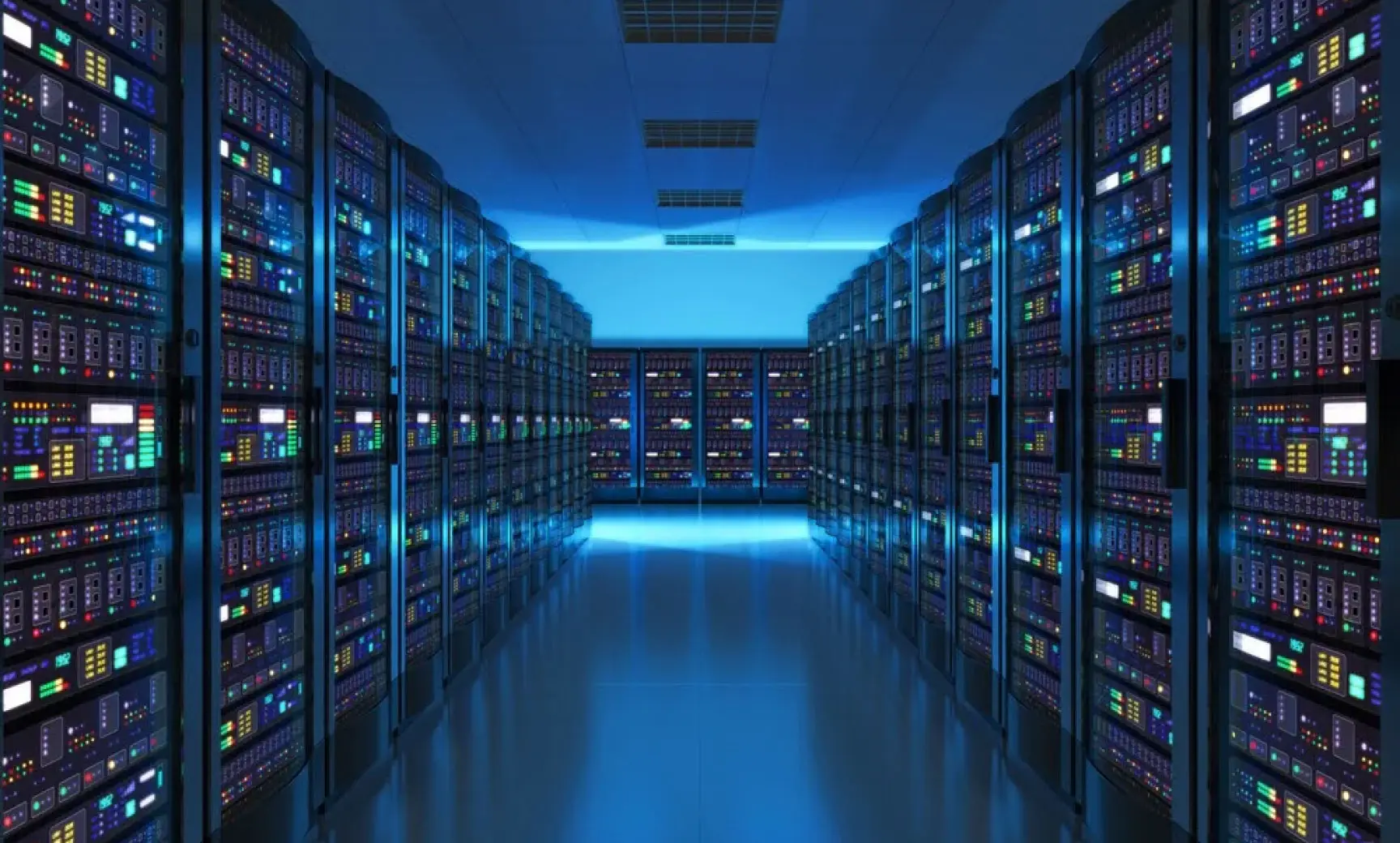Large floppy discs evolved into smaller, more compact, and larger capacity data storage units, much as the computer itself evolved from room-sized machines into laptops and tablets. Now we approach the next evolution in data processing and storage with high-density data centers. A sequential evolution of technology, there is still much mystery surrounding how high-density works for the operations, cost, and effectiveness of business data centers. Discover answers to some of your frequently asked questions here.
What Is a High-Density Data Center?
In simplest terms, high-density data centers are the solution to the growing problem of scaling large-capacity servers without exponentially increasing costs of security, cooling, and storage. As the demand for data processing grows at increasing rates, each server still needs to be maintained at the correct temperature. In the past, this has meant each added server will increase the square footage needed for your data processing center.
High-density data centers do for the server what the thumb drive did for the floppy disk: packing more information into a smaller space. A traditional density server rack usually operates at about 3-5 kW, whereas a high-density rack will operate at around 10 kW, doing over 2x the work in the same physical space.
Advantages and Disadvantages of High-Density Data Centers
The advantages of a high-density data center include using virtualization to make each of your physical machines do more. You’ll reduce your expenses in square footage, which will also reduce associated housing costs, including security, machine maintenance, machine purchase, cooling, and power. It should be noted, however, that the cost per machine itself may be higher, especially for those drawing up to 15 kW. These higher-power machines may also require more cooling with a supplemental cooling system. Typically, however, your overall costs will be lower to manage and easier to scale with a high-density system.
The American Society of Heating, Refrigerating, and Air-Conditioning Engineers (ASHRAE) notes that data centers can handle temperatures from 59°F to 89.6°F and relative humidity from 20% to 80%. Some centers can now have densities up to 400 watts per sq. ft, which is 4 to 5 times the capacity of traditional data systems and may include blade systems, microservers, and virtualization of systems.
Are You Ready to Upgrade to a high-density data center?
The primary factor in deciding when to upgrade to a high-density data center is based on expected growth, as well as data and infrastructure needs. Decide if your company is ready to scale to the next level. If you are ready to expand, can your current facility handle this expansion? Check to see if you have strong enough floors to handle the increased weight. Do you have adequate cooling and an effective heat management system if you were to increase power consumption? Do you have enough physical rack and cage space?
If you aren’t sure whether you check these boxes, call your experts on data center colocation. Our StrataCore specialists can help you scale your systems with the best high-density hardware and service available. Contact us today to learn more!




